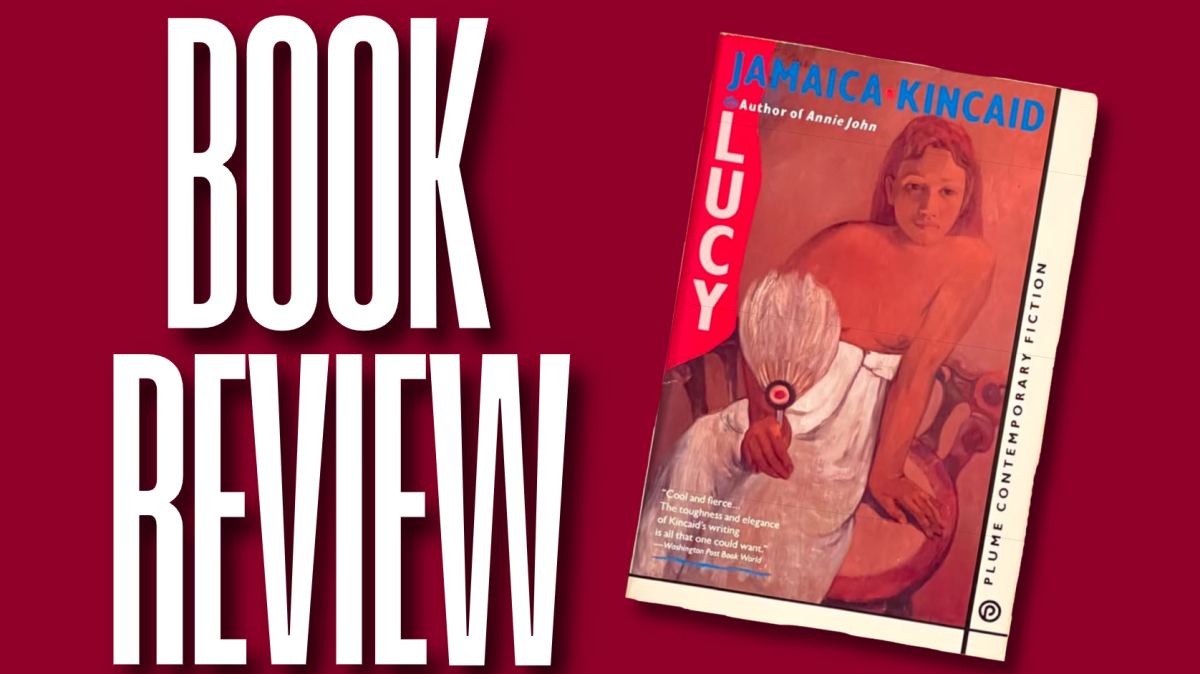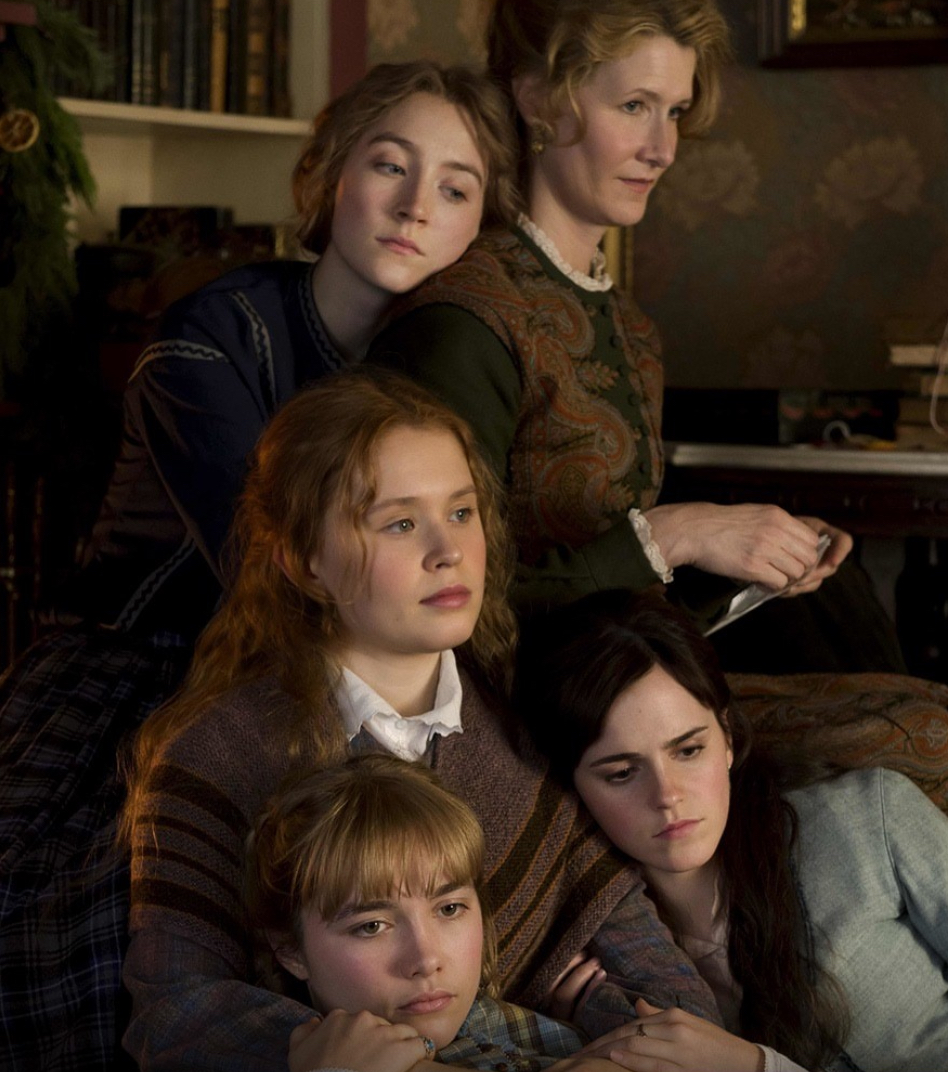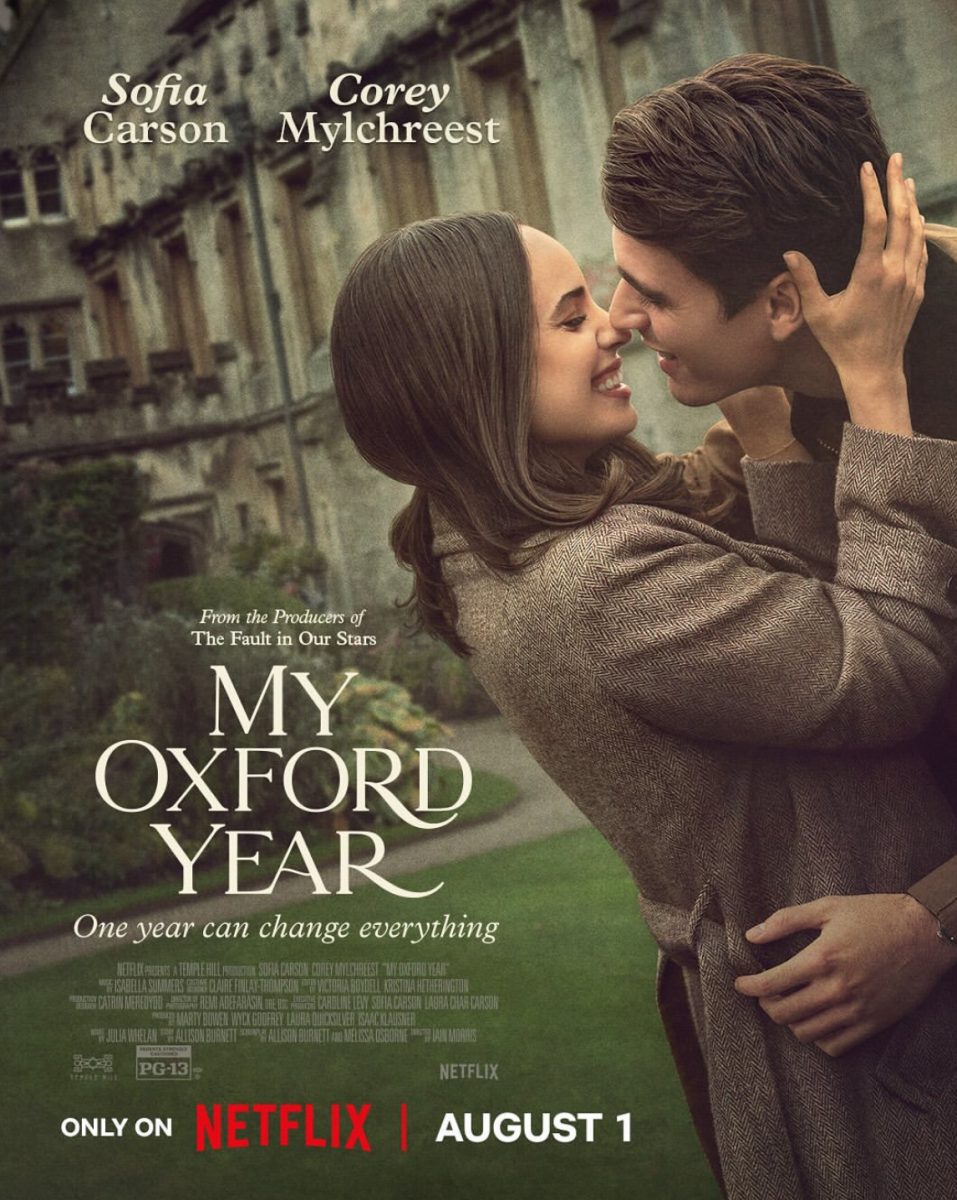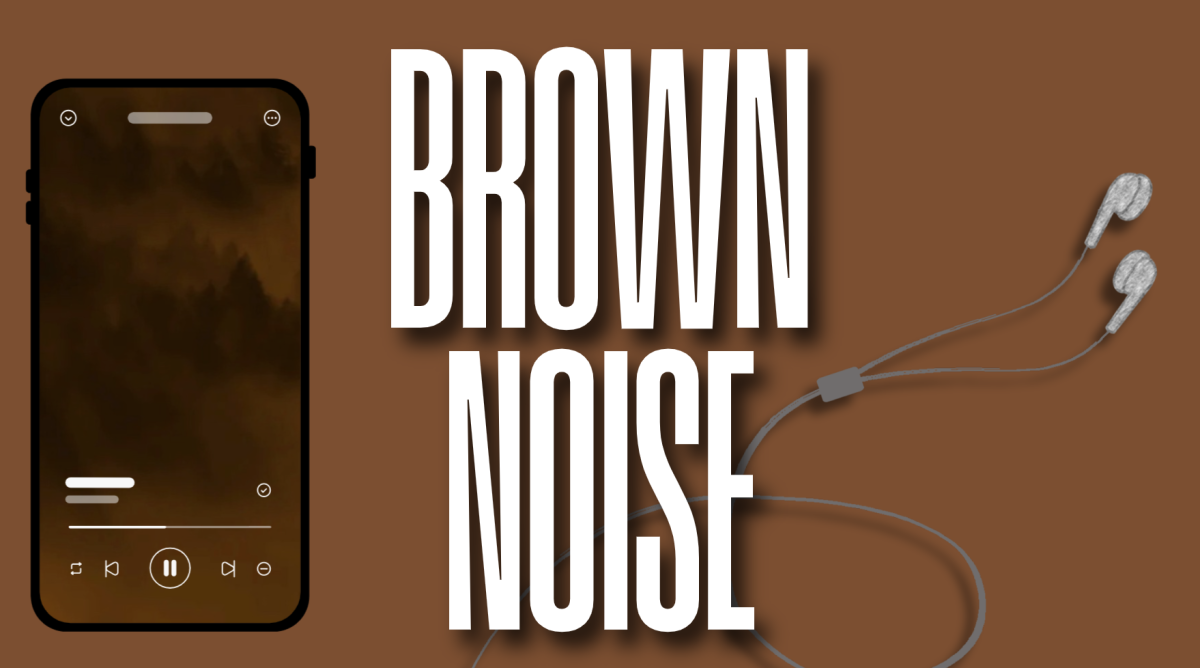American Two-Party System Intrinsically Restricts Liberties
Since 1994, 59 countries around the world have expanded reproductive rights, yet the United States continues to push in the opposite direction. America’s two-party system promotes a divisive culture that opposes individual liberties. When each individual is forced to embody only one school of thought that completely contradicts another separate, competing entity, these individuals lose sight of the democratic foundations of popular sovereignty, equality and freedom. The recent ruling to overturn the nation’s abortion rights resulted from a series of unfortunate proceedings: the election of a far-right president, that president’s later appointments to the supreme court and the court’s ruling on the precedent case Roe v. Wade.
While some countries’ recent expansion of reproductive freedoms resulted from grass-roots movements, others were the product of lobbying by advocates and doctors. Colombia’s ruling occurred after years of feminist protests, while the West African nation of Benin decriminalized abortion after reports surfaced on the dangers of illegal procedures.
In the United States, the issue does not lie in a lack of activism; hundreds of protesters gathered across the country as word spread of the decision to overturn Roe v. Wade. Access to medical information on the dangers of illegal abortion has not been restricted. Thus, the destruction of human rights can be attributed to a broader issue at hand, one that lies in the structure of the government in which long-standing stability largely inhibits the possibility of sweeping reforms.
Bipartisanship has remained at the center of the U.S. government since its inception. However, its historical efficacy often obscures its current drawbacks to the public. When voters are required to identify as either Republican or Democrat (or as an independent voter), they automatically restrict themselves to a caged ideology. Though a large portion of voters might be more moderate than the polls indicate, the very nature of our system polarizes them. Voters are led to believe that representatives aligning most strictly with their designated party are the best choice, even if those representatives’ agendas are hardly indicative of the majority’s beliefs. Ultimately, we are left with politicians who lean so far in one direction that they nearly fall off the spectrum. Moderate voices are silenced, and names like Donald Trump predominate.
The same two-party system that led to Trump’s presidency enabled Republican domination of the Supreme Court. With only two parties, one will always have the upper-hand majority in the court. And by using his presidential power to appoint justices that leaned as far to the right as himself, Trump exacerbated this imbalance. The former president appointed Neil Gorsuch, Brett Kavanaugh and Amy Coney Barrett, three of the five conservative justices who voted to overturn Roe v. Wade. Though Trump lost the 2020 election, Roe v. Wade’s reversal revealed the consequences of his term in office.
If the Supreme Court had not ruled to rescind women’s reproductive rights, our nation would not be backtracking in liberties while other countries progress. If that court had not been the most conservative Supreme Court in the history of the U.S., that decision would never have been made. Trump caused the imbalance by appointing conservative justices; had he never been elected, the Supreme Court wouldn’t be what it is today. And if America’s bipartisan structure did not promote a cut-throat, divisive competition between Republicans and Democrats, it’s unlikely that such a polarizing figure would have won the election. This series of events put America on a different path than neighboring nations, but the first domino to fall wasn’t a single act. America’s political system values two narrow viewpoints over the individual’s voice; each side’s purpose has become to dominate the other, and it’s not surprising that the prevailing party’s victory was a loss for the rest of the country.
Nor is it surprising when considering other nations’ political systems and the value they place on human rights. According to the 2021 Human Freedom Index, Switzerland, Finland, Sweden, Denmark and New Zealand are all included in the top ten freest countries in the world — countries that are thus progressing toward more reproductive freedom. Is it a coincidence that all of these countries use a multi-party system? When multiple parties are considered, constituents’ voices are better represented by elected officials. They are no longer forced to choose the most radical-minded candidates.
In America, Democrats are only likely to win representation when selecting the most liberal-minded candidates; the same goes for Republicans and their conservative representatives. In the case of Roe v. Wade, polarization caused conservative ideology to rule supreme and deprive women of their liberties.
Lindsey Osit, FCRH ’24, is a journalism major from South Windsor, Conn.










































































































































































































